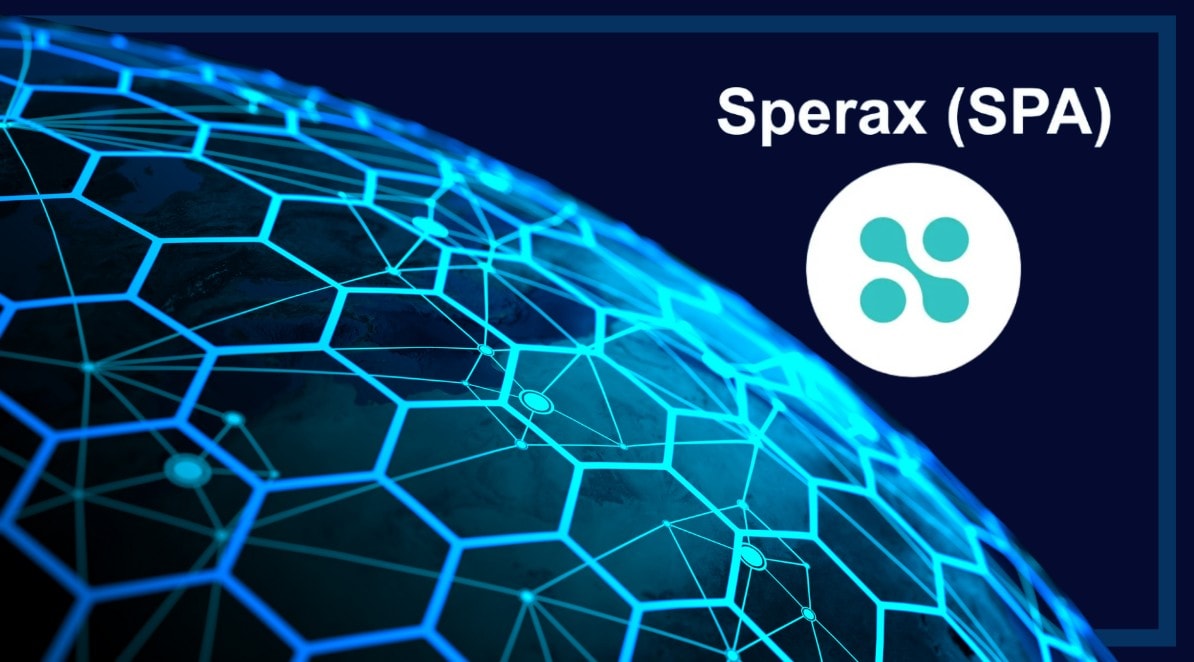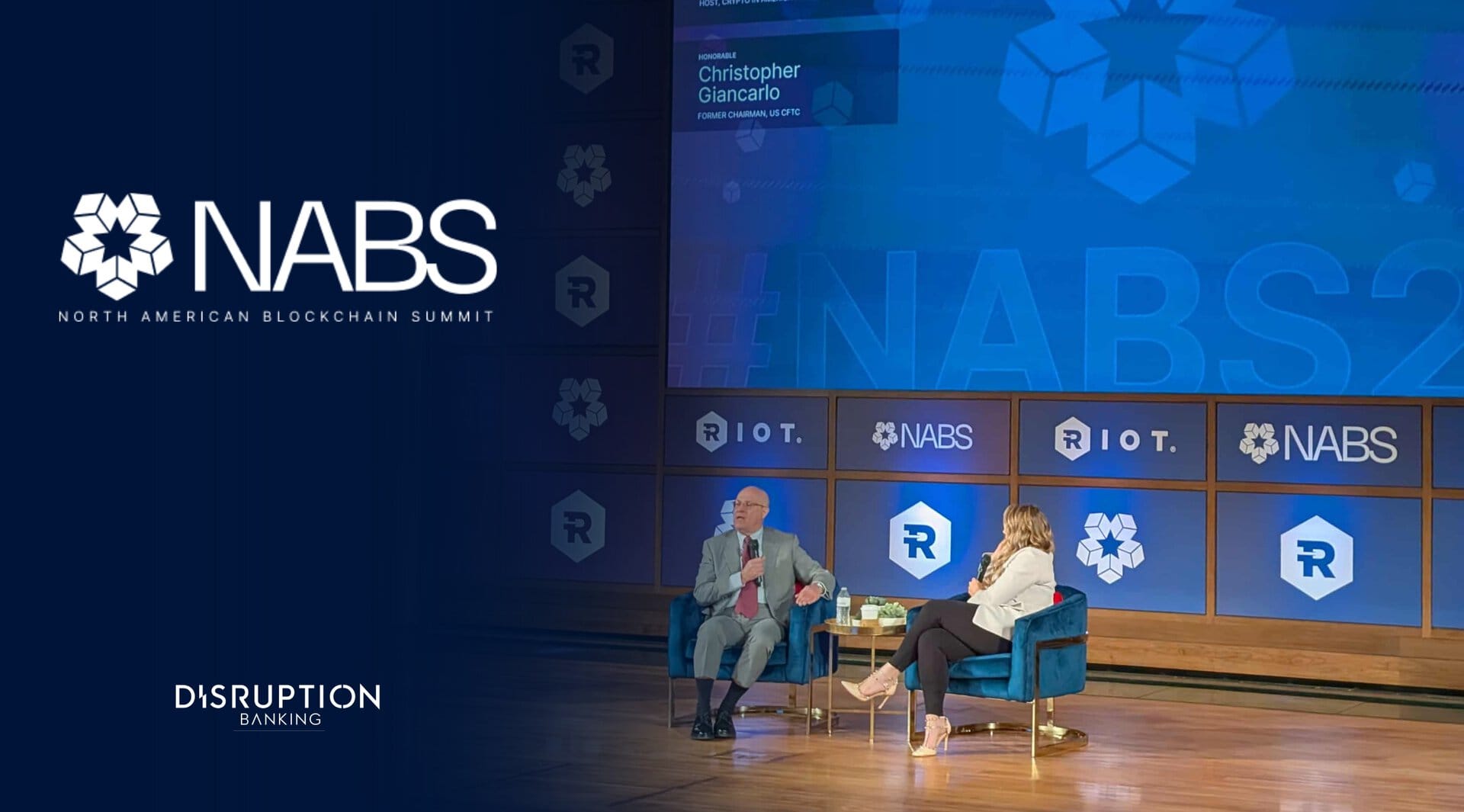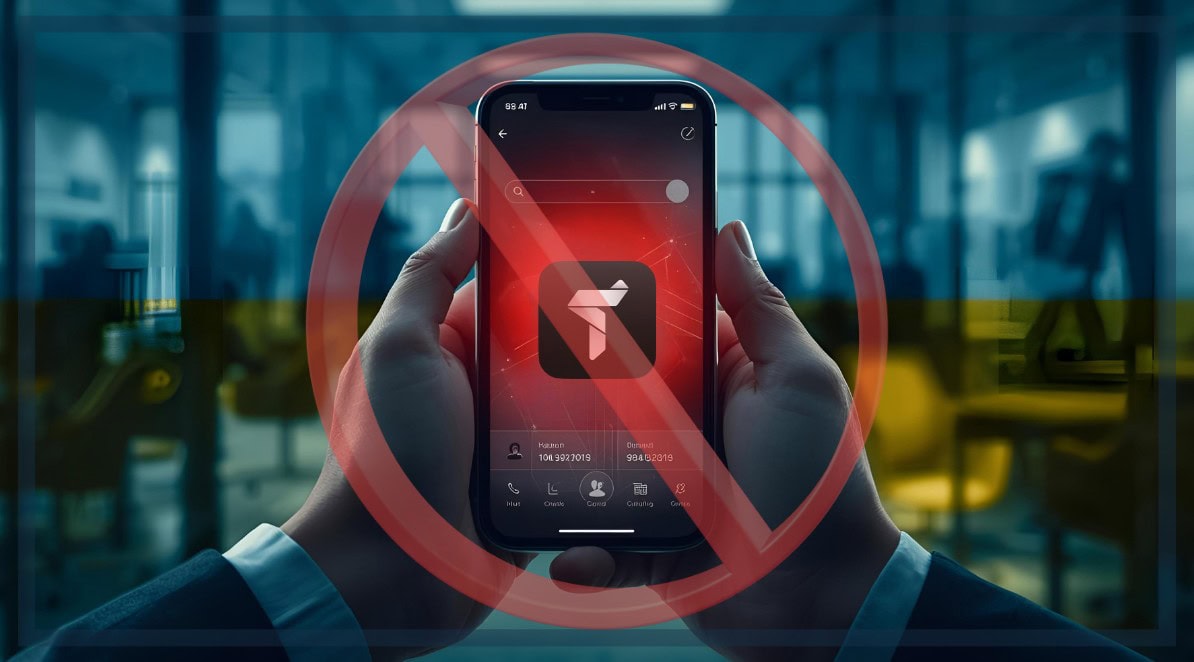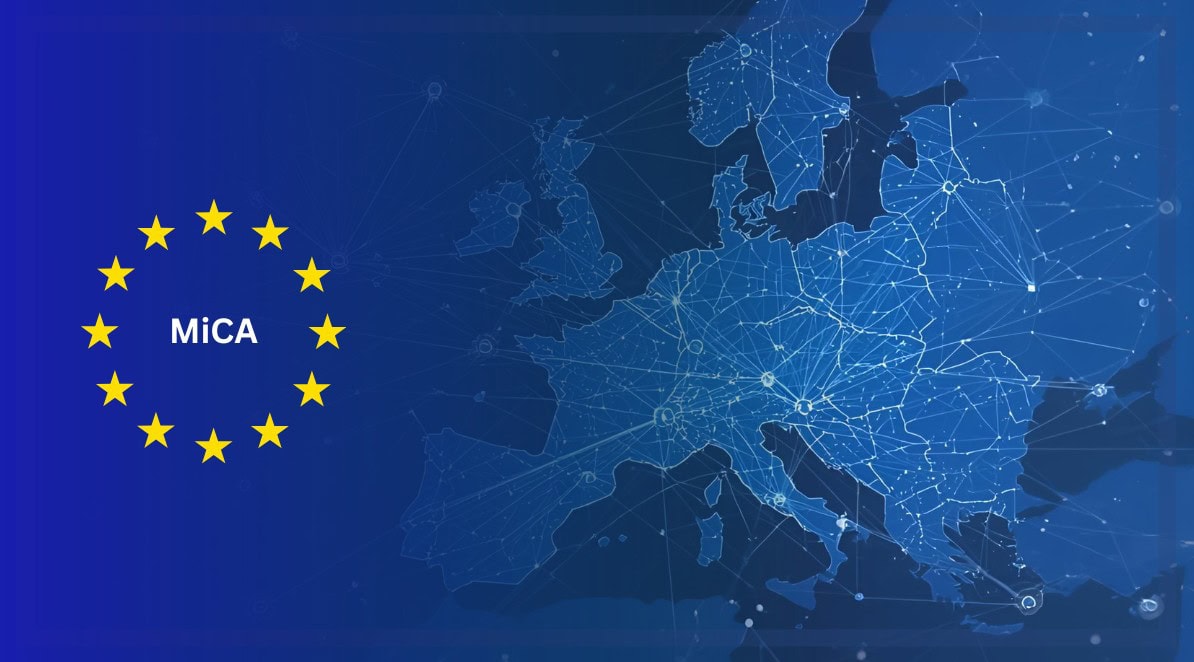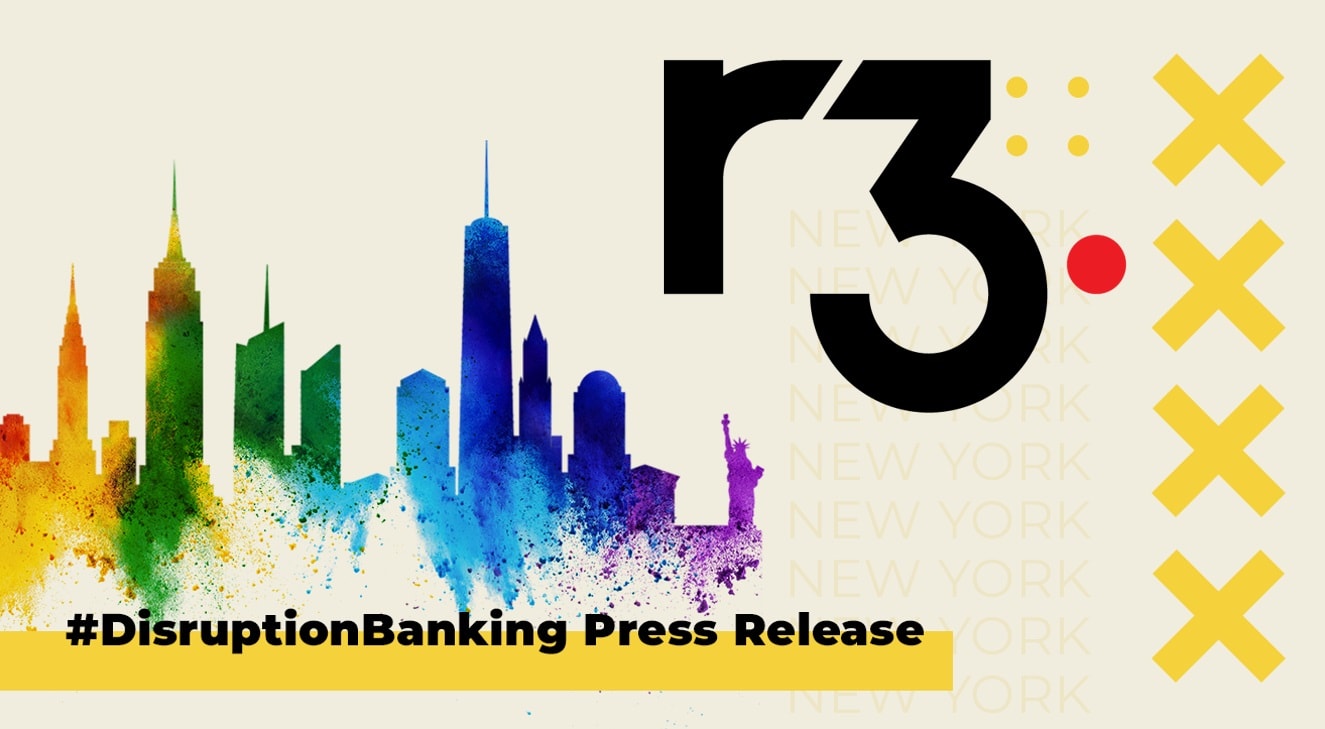Buy-Side DeFi with DigOpp
It’s easy to forget how much the digital assets space has matured in the last few years. Just over a year ago we brought you the story of DeFiance Capital who had created a cryptoasset investment fund based in Singapore. Since then, there have been more players seeking to enter the space. A space that is now pivoting from buzzwords like DeFi to Web3. A space where companies like Digital Opportunities Group, DigOpp for short, are developing a ‘Decentralized Dollar Alpha Fund’.
It is captivating to speak to some of the StartUp founders we meet here at #DisruptionBanking. Each conversation is different, and normally its just with one founder at a time. When you get both co-founders on one call it’s special. And when we met Phillip and Dalton it was very special. There is a special camaraderie about the way the two of them speak to each other and the journalist on the other side of the video camera. Friends since college, both kept their friendship and managed to make it into a business.
And that introduction doesn’t do the gentlemen at Digital Opportunities Group justice. What they told us on the call about products like the SPOT platform was far more than we expected.
Bringing the Buy-side to DeFi
Words like buy-side and sell-side are not often heard when we discuss digital assets and decentralized finance with startup founders. However, as more and more financial services companies and banks are entering the space, this will undoubtedly change. Phillip Moran, Co-Founder and CEO of Digital Opportunities Group is one of the people changing this. Helped by Co-Founder and CTO Dalton W Cole, the two gentlemen are furrowing new in-roads into how institutional investors interact with decentralized finance protocols and products.
Phillip got into institutional asset management in his early 20s, leaving traditional finance to launch DigOpp several years later. His first proper interaction with crypto was during the Bitfinex hack of 2016 and ensuing arbitrage events on the exchange. Something that resurfaced earlier in 2022:
The U.S. has billions in #bitcoin on its balance sheet.https://t.co/iQd9YLCkhv
— Michael Saylor⚡️ (@saylor) February 8, 2022
Back then a bitcoin was worth less than $500. A fact that wasn’t lost on Phillip and how he viewed the space even then.
From meeting at college, the two gentlemen’s paths diverged for a while with Dalton exploring opportunities on the West Coast in the tech space. Initially in blockchain technology.
“From a technology standpoint, blockchain is just a data store,” Dalton explained. “But in the early days it was no use explaining to buzzword friendly CEOs who wanted to be associated with blockchain, that it wasn’t THE solution.
“It wasn’t really until I started digging into smart contracts on ethereum that I started to see some really interesting stuff.” Dalton shared. He was already in digital assets before Phillip and was working at a startup. Launching tokenized scientific research grants as early stage NFTs the startup was a little before its time, and the investors were less enamored about the crypto scene when prices started to plunge in the crypto winter of 2017. Many startups put their plans on hold after the first crypto winter. Phillip and Dalton also waited patiently for the ‘dust to settle’.
“We were running on parallel paths with Phillip. I always wanted to get into the asset management business,” Dalton shared. After trying to find ways to work together over the last decade and having traded strategies with personal capital for a few years, the co-founders started Digital Opportunities Group late last year. Bringing fintech and alpha strategies together in one place. And created a serious buy-side player in the DeFi space.
Total Value Locked explained / highlighted
When we started writing stories about DeFi here at #Disruptionbanking, the total value locked (TVL) into the DeFi ecosystem was just over $11 billion (according to DeFi Pulse). Today the total value locked in is anything from $44 and $70 billion (depending on which site you check). But it was over $100 billion for a while at the end of 2021.
“It has declined, but what we have seen is that core DeFi protocols functioned smoothly through the recent contagion. It’s the off chain, centralized venues that have taken the biggest hit. DeFi has been incredibly resilient in contrast.” Phillip explained.
Neel told #DisruptionBanking that he quit “primarily because I believe in the mission of #crypto and #decentralisedfinance.”
— Digital Startup (@digitalstartup5) May 18, 2022
Neel quit his role at Citadel to join #Terra. Find out more about his story with Disruption Banking: https://t.co/M1rul2n9Q3
“When Luna and UST collapsed, they were both popular tokens at the time. That wiped a huge portion of DeFi value. As markets decline people are less inclined to stake in these DeFi protocols because the incentive rewards are devalued compared to what they had been in the past,” Dalton explained.
Through their platform, Phillip explained how whilst yields were still only starting to decline, him and Dalton had noticed what he called “almost microcosmic events” across various protocols in the DeFi ecosystem. The data they collated showed how whilst yields were declining, they were already seeing left-tail risk across some protocols. They saw the problem with declining yields before many observers in the space.
DeFi as the financial platform for Web3
Phillip and Dalton are both big believers in bitcoin. Even with the volatility that comes with it. However, the first product that Digital Opportunities Group offers is called the “Decentralized Dollar Alpha Fund”. Something we asked the gentlemen to elaborate on.
“We want to be clear,” Dalton explained, “that we want to generate absolute return on dollars.” Hence the name of the fund. It’s not about investing into a crypto fund where you are exposed to the volatility Dalton emphasized. “We’re looking to do absolute returns on a dollar basis, not necessarily on a crypto-pegged basis.”
Phillip added how “the fund that we’re running is an absolute return style strategy. We are looking to take advantage of market inefficiencies within DeFi using these on-chain financial products to extract the absolute return.
“We’re attempting to hedge out the underlying market risk,” Phillip specified.
Investors want results
Like all DeFi ecosystem participants, Digital Opportunities Group is also reliant on data provided through Oracles. A topic we covered last year.
One year today we were writing about some of the intricacies of the #DeFi ecosystem with #Chainlink.
— #DisruptionBanking (@DisruptionBank) July 5, 2022
How much more awareness is there in the wider markets about how #decentralizedfinance really works? https://t.co/SQEKL0gyzm
#MakerDAO #DeFiOracle #OracleProblem
As Dalton is particularly well connected within the DeFi ecosystem it’s an area that he is extremely knowledgeable about. And, while most investors don’t get into that level of detail. Bob Voulgaris, a legendary quant who is also an investor in Digital Opportunities Group, does want to understand every facet of how the DeFi ecosystem works.
Atl Business Chronicle: 'World's top NBA gambler' invests $2.5M in Atlanta asset management platform https://t.co/HwdXXtHoLW
— Atlanta News (@AtlantaNewsFeed) May 19, 2022
Bob has been supporting Digital Opportunities Group for only a few months. He and his team learned about the DigOpp platform and believed in its mission to build out institutional and technological quality in the web3 space. Dalton enjoys how Bob is into the detail. “He has a fairly technical understanding of what is going on so it was great working with him.” However, when it comes to the institutional investors that come to the Digital Opportunities Group, most of them approach Phillip and Dalton because they don’t want to get into that level of detail. They are more interested in the financial side of how the returns are generated, so there are discussions on forming sub-advisor relationships
Especially as digital assets never sleep… Whether it’s a weekend or a public holiday it doesn’t matter, it’s just part of the game Phillip explained.
Viewed as one of the most important projects in decentralized finance, Curve tweeted that an “issue has been found and reverted” after earlier warning against using its https://t.co/n9gdskQuKz website.#DeFi #protocol #security https://t.co/GcJJBtpI8c
— #DisruptionBanking (@DisruptionBank) August 10, 2022
For Dalton the issue isn’t so much about the 24/7 aspect of the work. It’s about the news cycle that affects DeFi markets. Recently he was up until 3 in the morning trying to work out why Solana wallets were being drained. Not to mention what almost happened at Curve recently. Even though they were not exposed, they have to be constantly anticipating any knock-on effects from these exploits.
While Dalton knows that the risk management systems that Phillip has helped to put in place are great, there can still be a ripple effect from any of the major incidents that can happen in the crypto and DeFi space.
“This is exactly where the suite of tech that has been developed at Digital Opportunities Group comes into its own,” emphasizes Phillip. “Most products that exist out there are geared towards the retail investor and not the institutional investor. A lot of them have great interfaces, but they wouldn’t be capable of managing institutional style portfolios on chain. It would be impossible.
“The majority of products available are geared around yield generation. Because the first trade in the space was liquidity mining. Because that was the first thing you could do when investing into the DeFi ecosystem on a delta neutral basis,” explained Phillip.
“At the same time, we have this whole suite of tech that can integrate contracts directly into our platform. Allowing us to model out risks at the contract level,” Phillip continued. “Yes, smart contracts have risk from a technical perspective, but also a market risk. We are able to aggregate all these things onto our platform. We can manage risks in a very granular way. It’s made for a better portfolio management experience.”
Collaborating with DeFi ecosystem participants
To ensure that risks are mitigated within individual protocols Dalton works with some of the core teams from amongst the protocols within the DeFi ecosystem. They work on ensuring that the protocol’s products meet the risk tolerance levels that Digital Opportunities Group requires.
“The issue with these lending markets is if you have a 20-asset menu, and one of the price feeds for an asset goes bad, you are putting every piece of collateral at risk,” Dalton explained. He also shared how one of the favorite parts of his current role is building up products and services internally. But also working with other teams that are building out new services.
More about the Tech
There may be a lot of portfolio management systems (PMS) out there. However, there isn’t a PMS that can analyze how money legos plug in together in DeFi, Phillip explained. “These are compounding risks that are plugging into one another. Each of those risks had to modelled in. It’s been particularly interesting testing the system through a really volatile year like we’ve had.”
Dalton added how the SPIKE platform they initially used helped to analyze the market for liquidity mining. “Like Phill said, there weren’t many tools for institutional grade portfolio management. Phill, coming from the portfolio management space, knew exactly what he wanted.
“So SPOT was born out of necessity. The services currently available are geared to the retail investor. We are looking at ways to look at all these legos and boil them down to what are our core risks at the token level. What are our risks at the contract level. What are our protocol risks? How are we diversified across networks. It’s a lot more important than just tracking out balances.
“We are also ingesting interest rate data so we can forecast our returns. Inflation rates on tokens so that we can forecast when we might be a little heavy on one protocol and what our risk are to returns if they start pumping more tokens.” Dalton continued. He also added how whales affect risk levels. And how it’s the big trades in and out of these curve pools that really destabilized UST earlier in 2022.
Phillip reiterated how the 1st, 2nd and 3rd job of a portfolio manager is risk management. Which is why the SPOT platform was built.
“Currently we are using our products entirely internally to manage our portfolios. We have had interested from people to consume them. Our PMS and our proprietary data sets that we built.” Phillip continued.
Dalton is cautious about commercializing the use of the tech for now. The priority for Digital Opportunities Group must be the successful delivery of the Decentralized Dollar Alpha Fund, he believes. In the future the topic of scaling the tech side of things for external customers will return though.
Decentralized Dollar Alpha Fund
Digital Opportunities Group flagship fund launched in January 2022. Currently the tools needed to manage assets are in place. In the future Dalton and Phillip hope they will be able to scale the tech to manage funds into the billions of dollars. Dalton calls it a “symbiotic relationship between the tech team and the assets team.”
#Venturecapitalists are backing #startups building #blockchain infrastructure for #DAOs, but firms like Andreessen Horowitz and “crypto-native” funds like Variant and Paradigm are increasingly backing the DAOs themselves:https://t.co/xCpRzFg8BE
— #DisruptionBanking (@DisruptionBank) February 1, 2022
Phillip pointed to how DAOs are becoming more and more like emerging institutional investors. “They are creating new use cases. And we have built this whole suite of digital asset on-chain asset management tech. For sophisticated portfolio management. These are the areas we are looking at too. This new world of the institutional investor that exist with these on-chain organizations.”
Dalton is also very keen to work with DAOs too. “You’ve got your pensions or endowments that represent traditional institutional investors, but now you have decentralized organizations sitting on 9+ figures that you need to be strategically allocated to match their grants, payroll, or product needs.. We would be interested in managing these assets on chain and provide the DAO members some transparency. We hope to begin building relationships with DAOs and working toward proposals to become treasury managers for them.
“Teams that build the DAOs on the Tech side may want to focus exclusively on products and just know that when they need liquidity for their projects, it is there. There is a lot of opportunity to work with these organizations and bring a public face and trusted brand to the financial side of their operations,” Dalton concluded.
It’s startling to see how quickly Phillip and Dalton have seized upon the opportunities available within the DeFi ecosystem. In the years to come they will be considered just as instrumental in developing the space as MakerDAO are today. And then there is the topic of their headquarters being located in a budgeoning Fintech hub that is Atlanta, Georgia. But that is a story for another day.
Author: Andy Samu
For more details about the individual stakeholders within the DeFi ecosystem we highly recommend the below Tweet and link behind it:
Looking for a good breakdown of who the major participants are within the #DeFi #ecosystem? #tokenizaton #marketplaces #liquidity #infrastructure #lending #payments #predictionmarkets #compliance #stablecoins #assetmanagement https://t.co/WlZuLoB4Fk
— Digital Startup (@digitalstartup5) August 10, 2022




